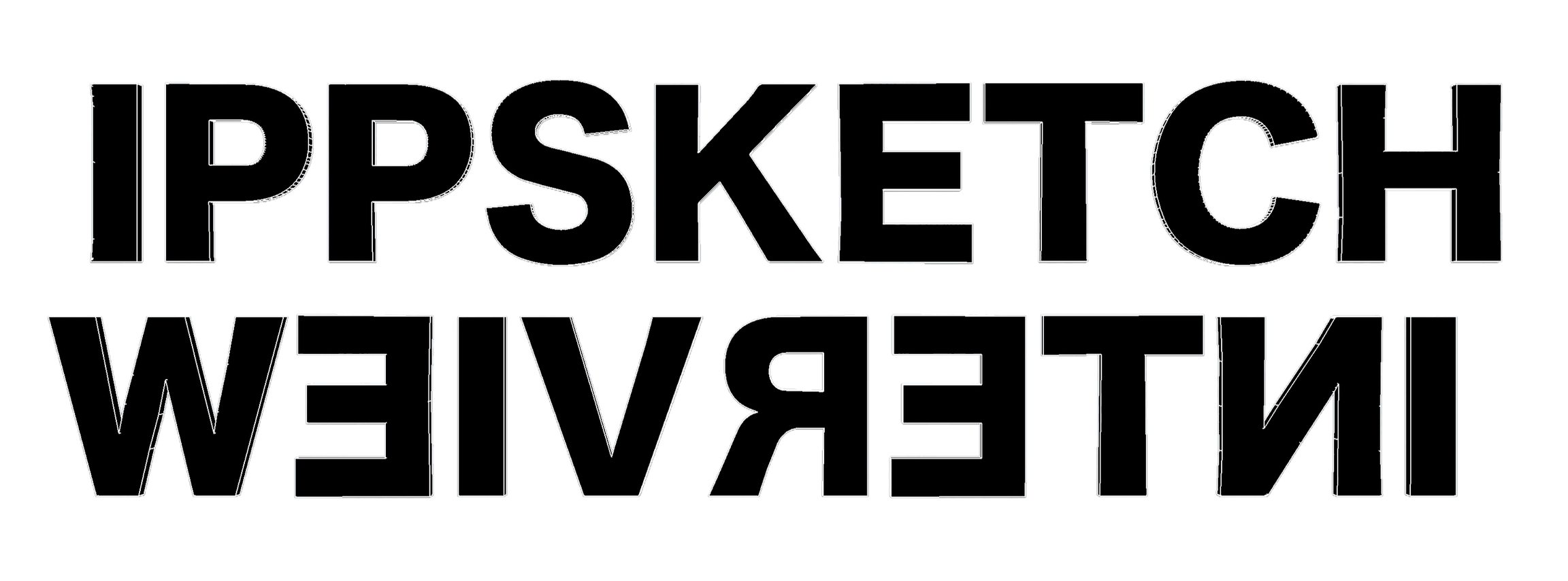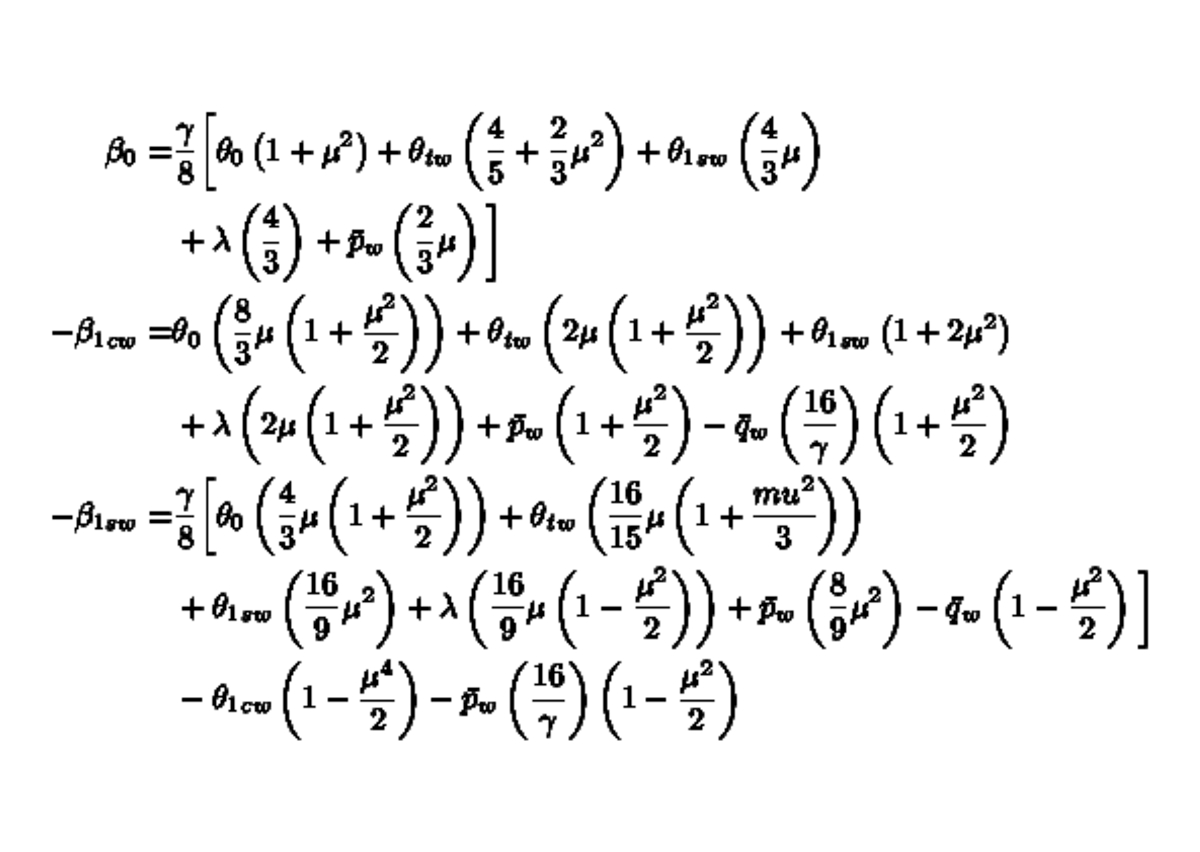IPPSKETCH
IPPSKETCH INTERVIEW
𝘼𝘾𝘾𝘼© - Computer art Auction House ©
4 min read

I had the pleasure of conversing with a talented generative artist — Jeff (ippsketch). Jeff’s artist handle (ippsketch) stands for i++ sketch. The increment operator (i++) is used in code to iterate a process forward, so it’s a reference to the code behind the art and an invitation to move forward and evolve the artistic practice. Jeff lives in Austin, TX.

Sergey: Hello Jeff, what led you to pursue a career in generative art?
Jeff: I was trained and worked as a mechanical engineer. Much of my career has been spent performing computational simulations that involve writing code, problem-solving, and creating visual outputs to communicate and understand physical systems. This experience has given me the tools and background for creating generative art with code. I’ve been interested and dabbled in art recreationally my whole life. I’ve taken self-taught drawing and watercolor courses, but often got frustrated with the process. My technique never advanced to the point where I was able to put onto a canvas what I saw in my head. Once I learned about creating art with code, I was hooked. Painting with code instead of pixels gives me the precision and repeatability my engineering brain craves while also giving me a creative outlet to express myself that I don’t normally get working as a mechanical engineer.

Sergey: What is your source of inspiration?
Jeff: As an engineer, most of my inspiration comes from order, mathematics, and physical systems. Grids, sine waves, and dynamic equations are my tools, and I adjust parameters to achieve outputs on the screen.

Sergey: I want to explore one of our favorite collections called Bent. This one was released on the Art Blocks platform in November 2021. What is the artistic and philosophical intention behind the collection?
Jeff: I stumbled on Bent by accident, which is one of the most exciting aspects of creating art with code for me. There’s an isometric grid under the hood of Bent. I was spending time tiling isometric grids in different ways. Once I tiled with lines and chose to shade some, the Bent structure stood out from my screen, and I was hooked. With Bent, I strove for variety. I wanted to achieve a large collection (over 1000) with uniqueness and cohesiveness. Bent has a lot of variability, and so many of the pieces are uniquely identifiable. I’m very happy with the results.

Sergey: In your opinion, can art institutions like museums evaluate the future of generative art?
Jeff: We all get to write that future together: artists, collectors, and institutions. The culture makes meaning-making but can be captured and preserved by institutions. They have a unique responsibility to sort through the chaos and noise of the culture and distill the narrative.
Sergey: And they have acquired generative artworks since 2023. The first were The Centre Pompidou, Paris, France, and LACMA, Los Angeles, USA.
Sergey: What is the current art project you are working on?
Jeff: I’m currently working on a project with Foundation for Art and Blockchain (FAB) called Giving Shape. FAB is a non-profit and will create a DAO from the proceeds from the sale with the initiative of empowering up-and-coming artists in the web3 space. Art funding the creation of more art. The collection will be 300 pieces. I love the work and can’t wait to see the mints that are generated.
Sergey: I wish you good luck with the new project, and we are waiting for the mint!
Last updated
